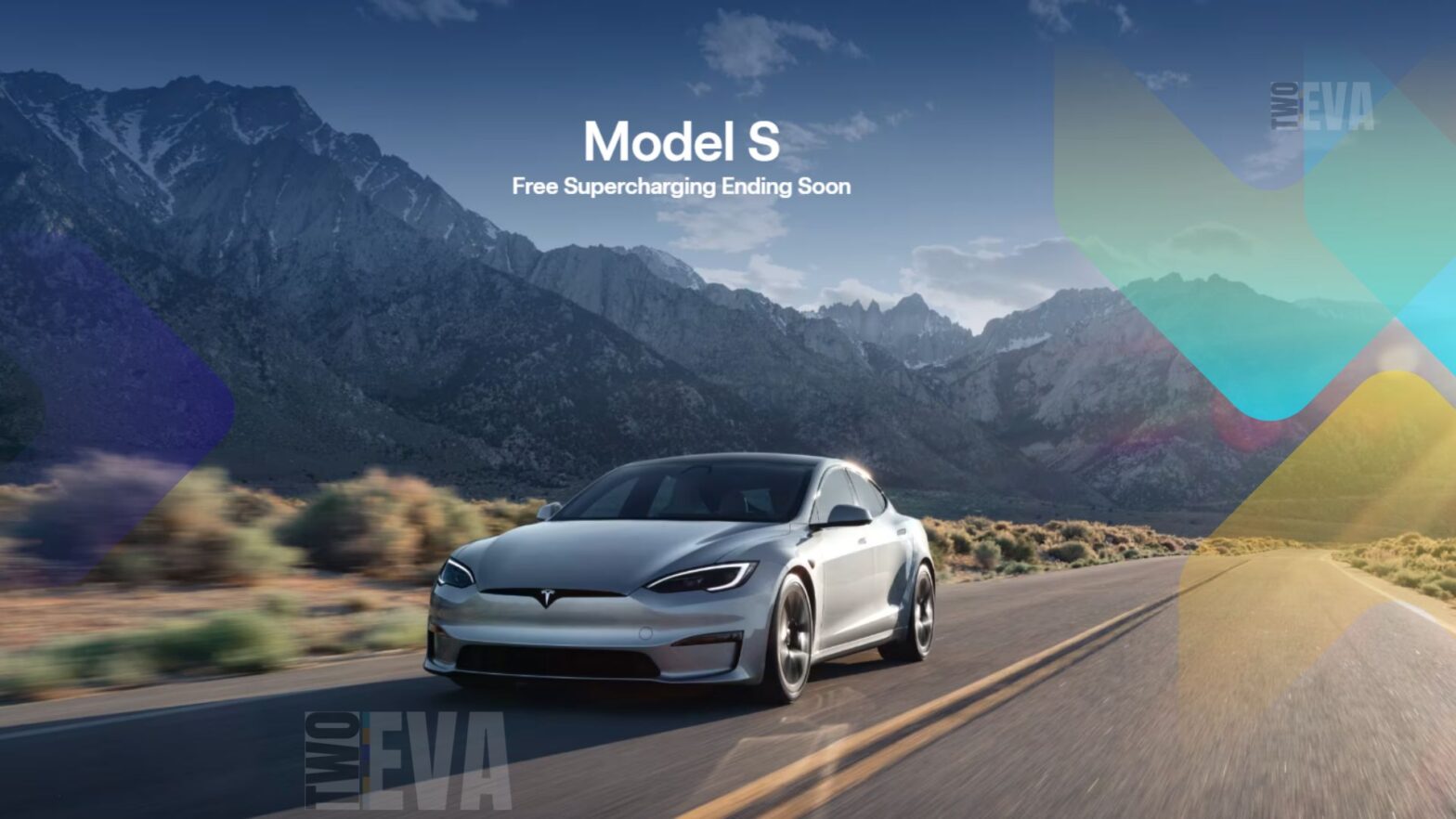Tesla’s highly anticipated low-cost Model Y variant, codenamed E41, has reportedly been delayed by several months, according to multiple credible sources. Originally slated for a mid-2025 launch in the U.S., production timelines now point to late 2025 or even early 2026. While the delay is specific to U.S. production, Tesla’s plans for a China rollout in 2026 remain unchanged. But is this delay just another case of Tesla missing its own deadlines, or are there more significant factors at play?
For years, Tesla has been promising a more affordable electric vehicle (EV) to broaden its market reach. The E41, expected to be 20% cheaper than the current Model Y, was seen as a key part of that strategy. However, the road to its launch has hit multiple snags. So, what’s really causing the holdup?
The Real Reasons Behind the Delay
Tariff-Driven Sourcing Shifts
One of the primary culprits behind the delay is the 25% auto tariff on Chinese imports imposed by former President Trump. Tesla had initially planned to source key components from China, but the tariffs forced the company to pivot rapidly to North American suppliers. This shift wasn’t just a logistical headache—it required Tesla to redesign its entire sourcing strategy for the E41. As reported by Reuters, the company even halted shipments of parts from China intended for other models like the Cybertruck and Semi.
Supply Chain Bottlenecks
Tesla isn’t alone in facing supply chain issues, but its reliance on just-in-time manufacturing has amplified the problem. Industry-wide shortages of semiconductors and specialized components, particularly batteries, have added to the delays. For a company that prides itself on efficiency, these bottlenecks have been a harsh reminder of the fragility of global supply chains.
Factory Retooling Challenges
The E41’s cost-cutting design demanded significant adjustments to Tesla’s U.S. Gigafactories. Retooling production lines to accommodate smaller, simpler components has introduced unforeseen complexities. While Tesla has navigated similar challenges before, the scale of this transition—coupled with the other disruptions—has pushed timelines further back.
Debunking Misleading Narratives
Some critics have pointed to Tesla’s history of delays—like the Cybertruck and Semi—as evidence of poor planning or internal mismanagement. But is that fair? While Tesla’s ambitious timelines have often been optimistic, the E41’s delay appears to stem largely from external factors beyond the company’s immediate control. Similarly, claims linking the delay to Elon Musk’s political statements conflate brand reputation issues with the hard realities of production logistics.
Broader Industry Challenges
Tesla’s predicament highlights a growing dilemma for automakers: balancing cost efficiency with geopolitical resilience. Dependence on foreign suppliers, inadequate regional capacity, and sudden regulatory changes—like the April 2025 U.S. tariff hike to 145% on Chinese auto parts—have forced Tesla and others to rethink their strategies. The company’s pivot to regional sourcing may mitigate long-term risks, but it comes with short-term pain.
| Factor | Impact on Tesla’s E41 Launch |
|---|---|
| Tariffs on Chinese imports | Forced sourcing redesign, delayed component shipments |
| Supply chain bottlenecks | Semiconductor shortages, battery supply issues |
| Factory retooling | Added complexity, extended production timelines |
The Bottom Line
So, is Tesla’s low-cost Model Y launch truly delayed? The evidence points to a resounding yes. But this isn’t just about Tesla missing another deadline. The delay reflects broader challenges facing the automotive industry—geopolitical tensions, supply chain vulnerabilities, and the high cost of pivoting to local sourcing. While Tesla’s track record with timelines may invite skepticism, the E41’s postponement is rooted in tangible, external pressures.
Will the shift to North American suppliers pay off in the long run? Only time will tell. For now, prospective buyers and investors alike will have to wait a little longer for Tesla’s promised affordable EV—and hope that the company’s bet on regional resilience doesn’t come at the expense of its cost-cutting goals.
















